Plato, (Product) Design and Post-Reality
Artwork from the film The Congress by Ari Folman
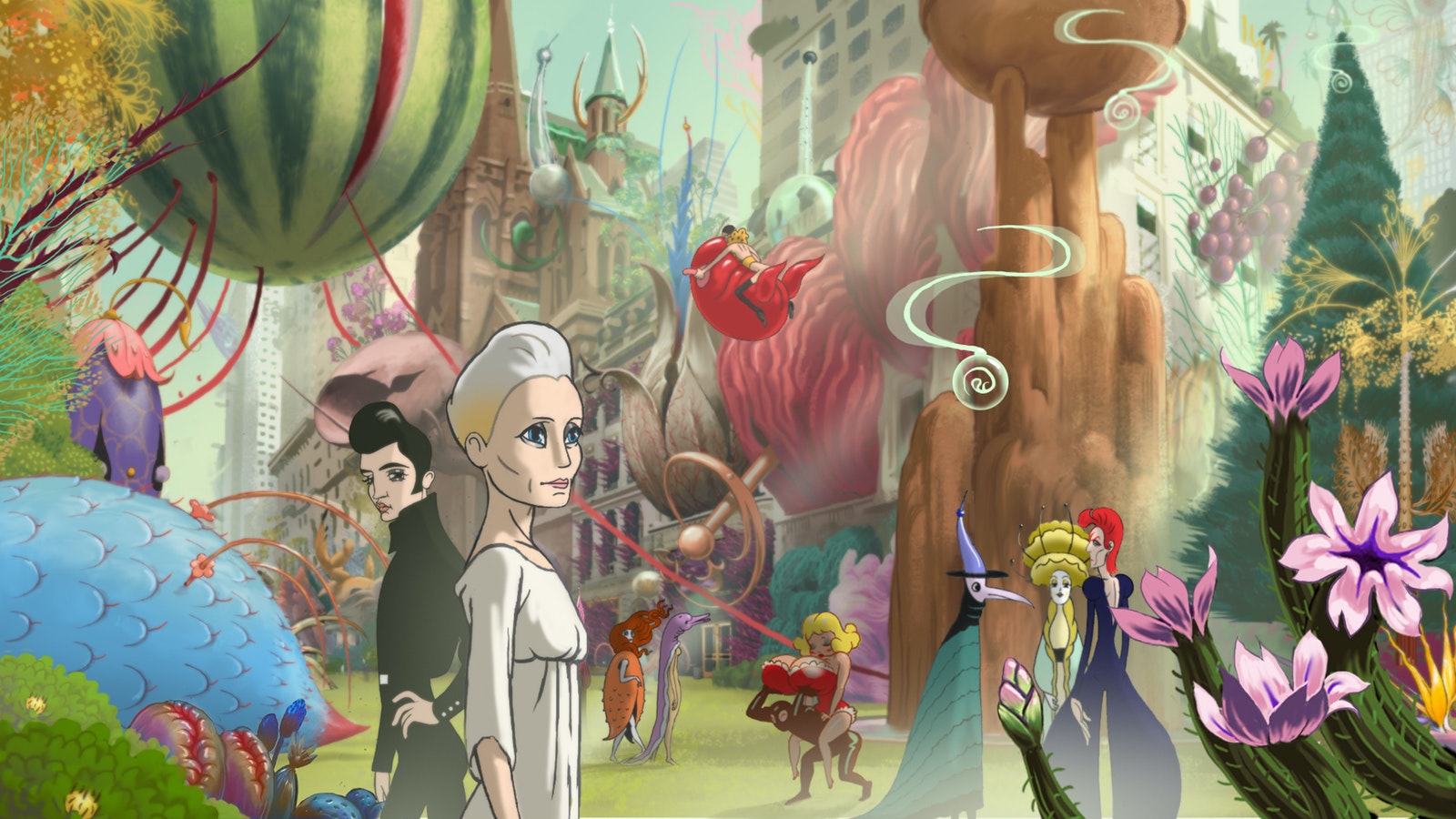
What does it mean when anybody can design a couch? Back in 2013 I did my final thesis as an ICT Media Designer at Lucas Maassen. I was asked by him to help him revisit an earlier project: the Brainwave Sofa. This was a couch which was shaped using the EEG readings of Lucas himself. The brainwaves were translated into a 3D shape which was then used to form the cushions of the couch. In theory, this meant that anybody with brain activity should be able to design a brainwave sofa. So again: what is the role of a designer if you no longer need to design?
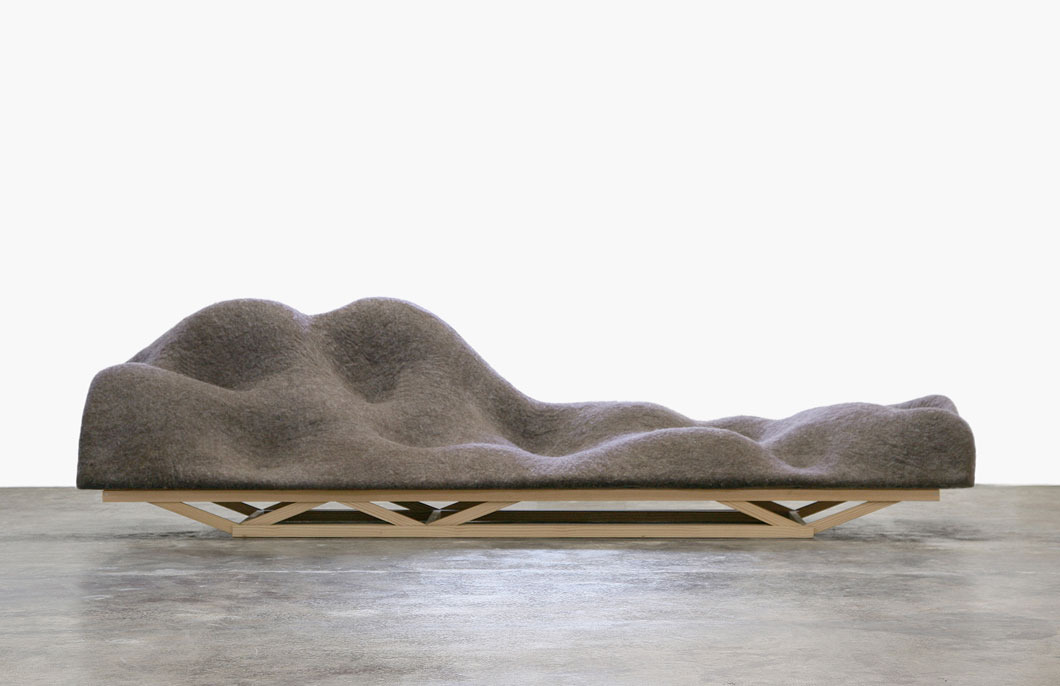
Brainwave Sofa by Lucas Maassen & Unfold - http://lucasmaassen.com/brainwave-sofa
During my internship, I researched about how we could broaden up the experience. Back in 2009, the only option to have your brain activity read was to go to the hospital and hook yourself up to an expensive EEG machine. But in 2013, due to technological progress the rise of EEG devices such as Emotiv's EPOC and Neurosky's Mindwave enabled the normal consumer to do similar (yet crude) readings. You could use those devices to "train your concentration" and just get a basis read-out of your brain activity and with some you could even move your cursor over the screen. All in all the basics were there and they were enough to generate sufficient data to be used to generate a brainwave sofa. A website could be created were users could connect their EEG device. The data provided by them would enable them to generate their own personal brainwave couch. Seeing as no brain activity is the same, each couch would also be unique to that person at that exact moment.
Generative Design
Lucas' main thought was that as a designer this meant that you no longer needed to focus on the end result, the form. Instead, a designer should focus on creating the tools that allow others to design. A basic example is a colouring book: you can determine which colours you use, if you draw within the lines and what kind of material you want to use. The outlines are there as a frame of reference, to guide the user in helping to realize the final output/product. Code in a script has a similar function, just like in videogames where you have a fixed set of actions you can perform (Super Mario = go forward, backwards, jump).
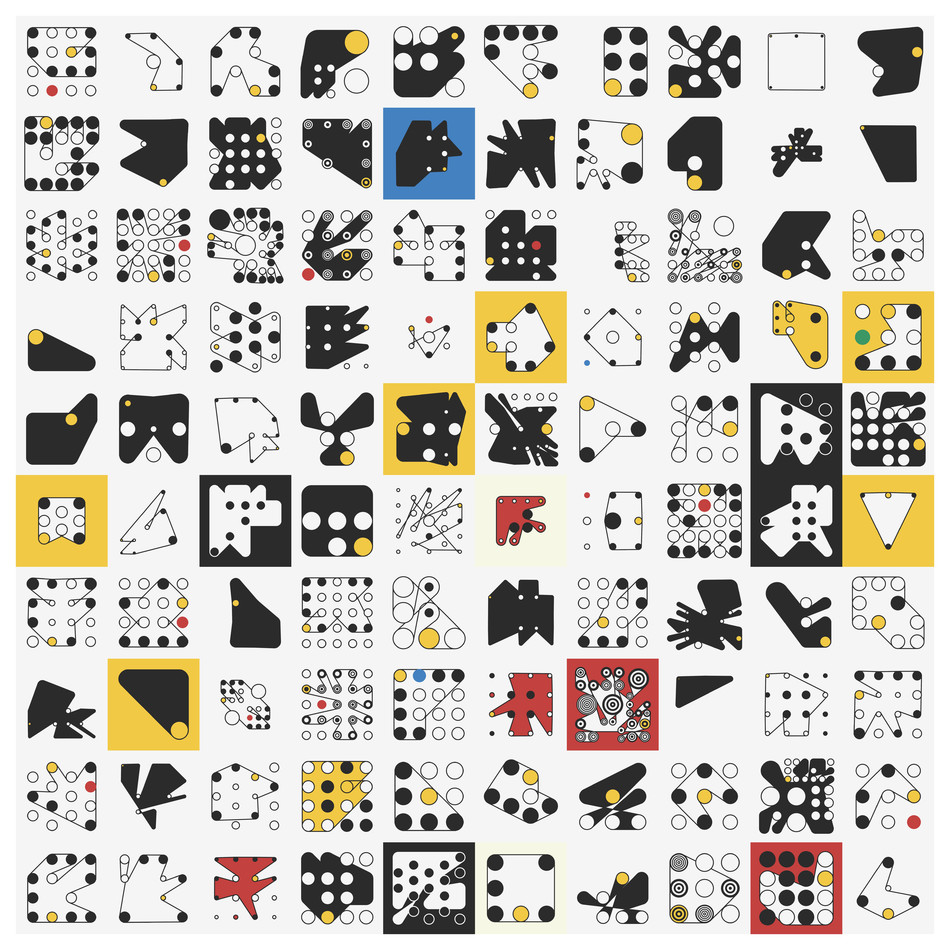
Ringers: The Rinkeby Sessions by Dimitri Cherniak - https://dmitri.level.press/c/ringers-the-rinkeby-sessions
During the heydays of generative design, tools such as Processing made it very easy to experiment with simple code to generate imagery. Writing a fixed code constituting of a few adjustable variables guaranteed an almost infinite amount of output. It was the role of the programmer to say what could and couldn't be changed in order to ensure that all the output had the same core or essence. This at least would ensure a shared aesthetic and thus the recognition of family of all the generated work.
Plato's Theory of Forms
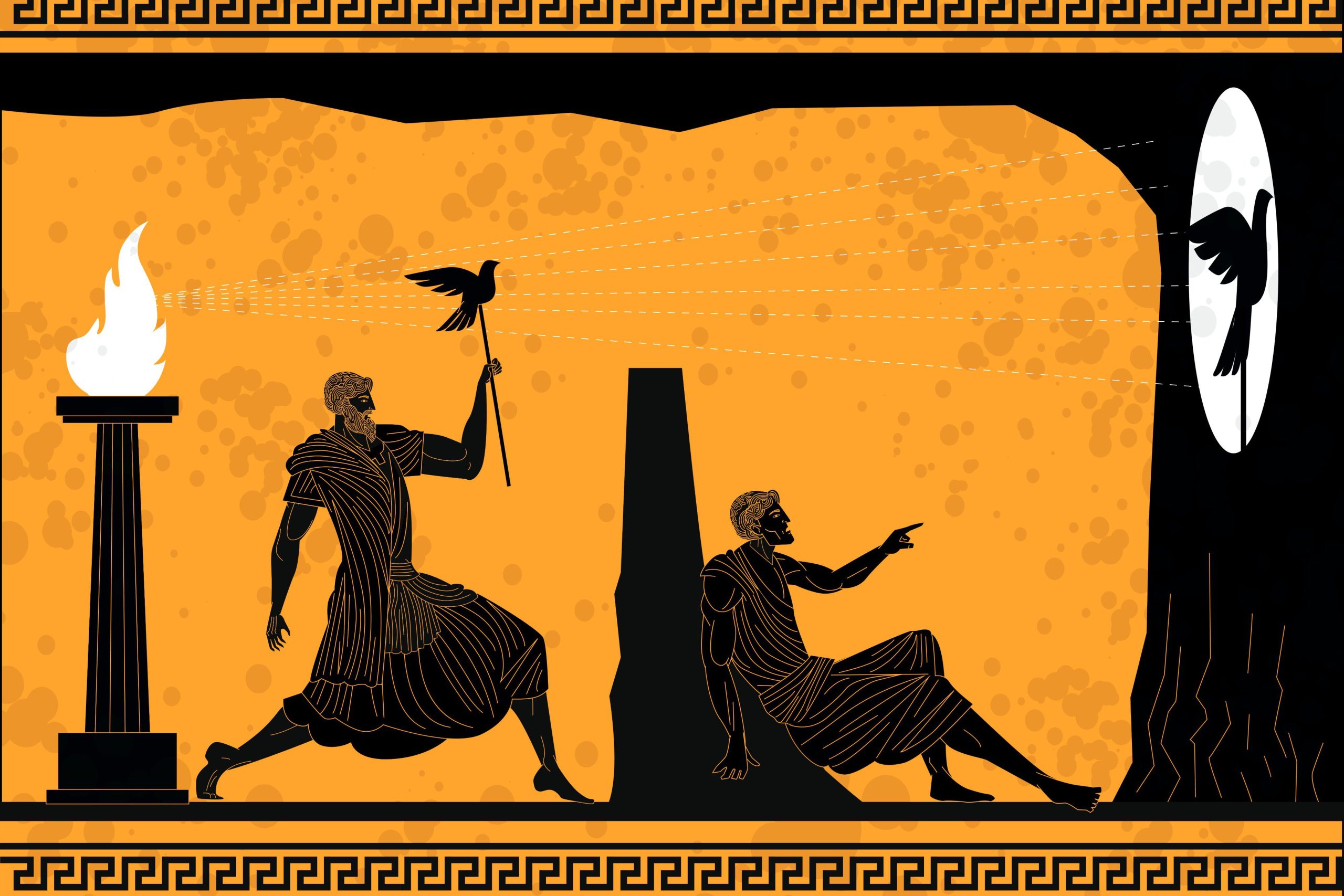
This idea of a fixed boundary and variety of forms is an ancient topic. According to the ancient Greek philosopher Plato there are two realities which exist: the physical one which is always in the progress of changing forms and the pure one consisting merely of ideas. Plato illustrates this thought by using the symbolism of prisoners chained within a cave: they are only to stare at the walls on which shadows are shown from objects behind them. Due to the flickering of the light that shines on those objects, the forms of the shadows are constantly in flux. They constantly shift in their appearance, but never so much that they lose the core essence of the object/form. These forms are concrete, solid; they can't be changed. In Plato's definition, these forms are things such as beauty, good, courage or chair.
To understand, a simple question:
Do You See a Chair?
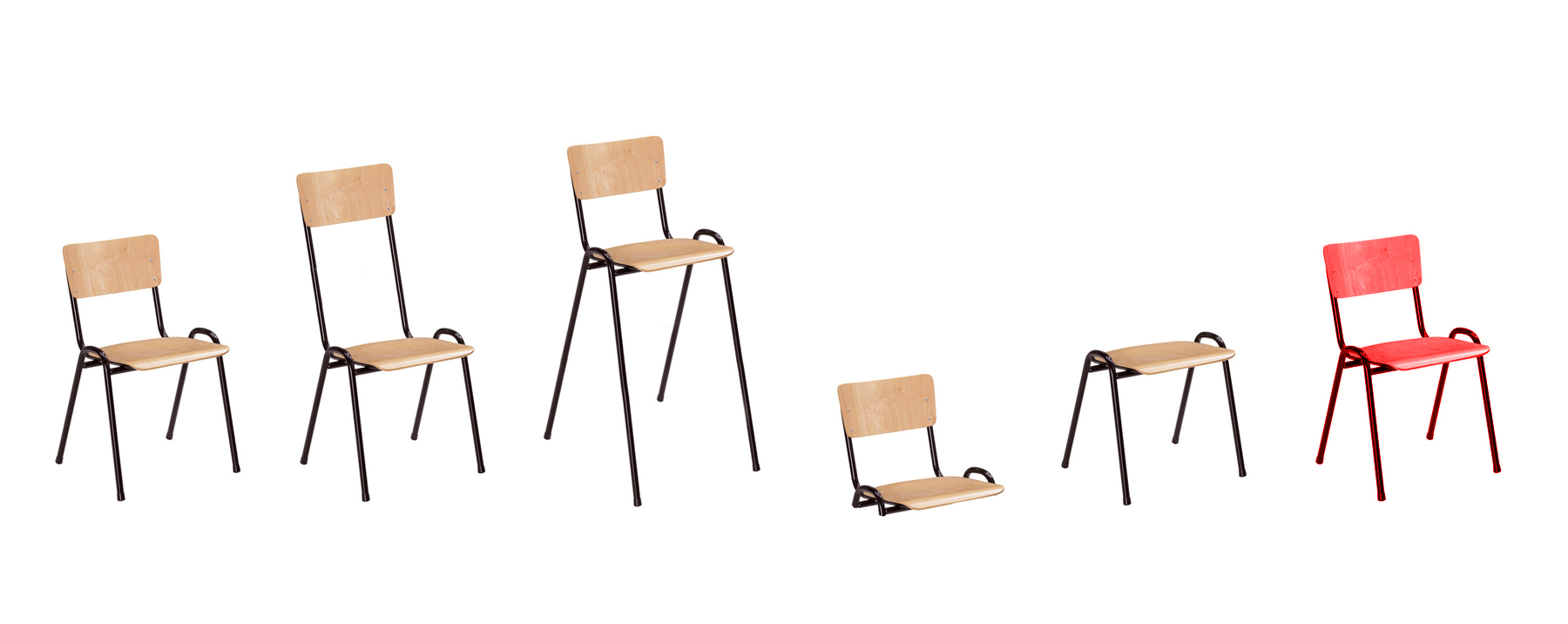
The answer is most likely: yes (Unless you're a smart ass surrealist, then the answer is you're seeing a digital image of a chair). But if we were to cut off its legs, would we still perceive it as a chair? Or if we extend the legs? What if we change the colour, material, softness? How far can a designer alter the shape without loosing the form or idea of a chair? These characteristics are what defines chairness. What a designer/artist does is play with these characteristics; they are extended, shortened, painted, distorted, twisted, removed, added, enlarged, shrunk, etc. They are the flame in Plato's cave altering the form where the tension/fun is in seeing how far they can actually alter the shape without loosing the form. Is the chairness still there? Do those chained to the wall still perceive it as a chair?
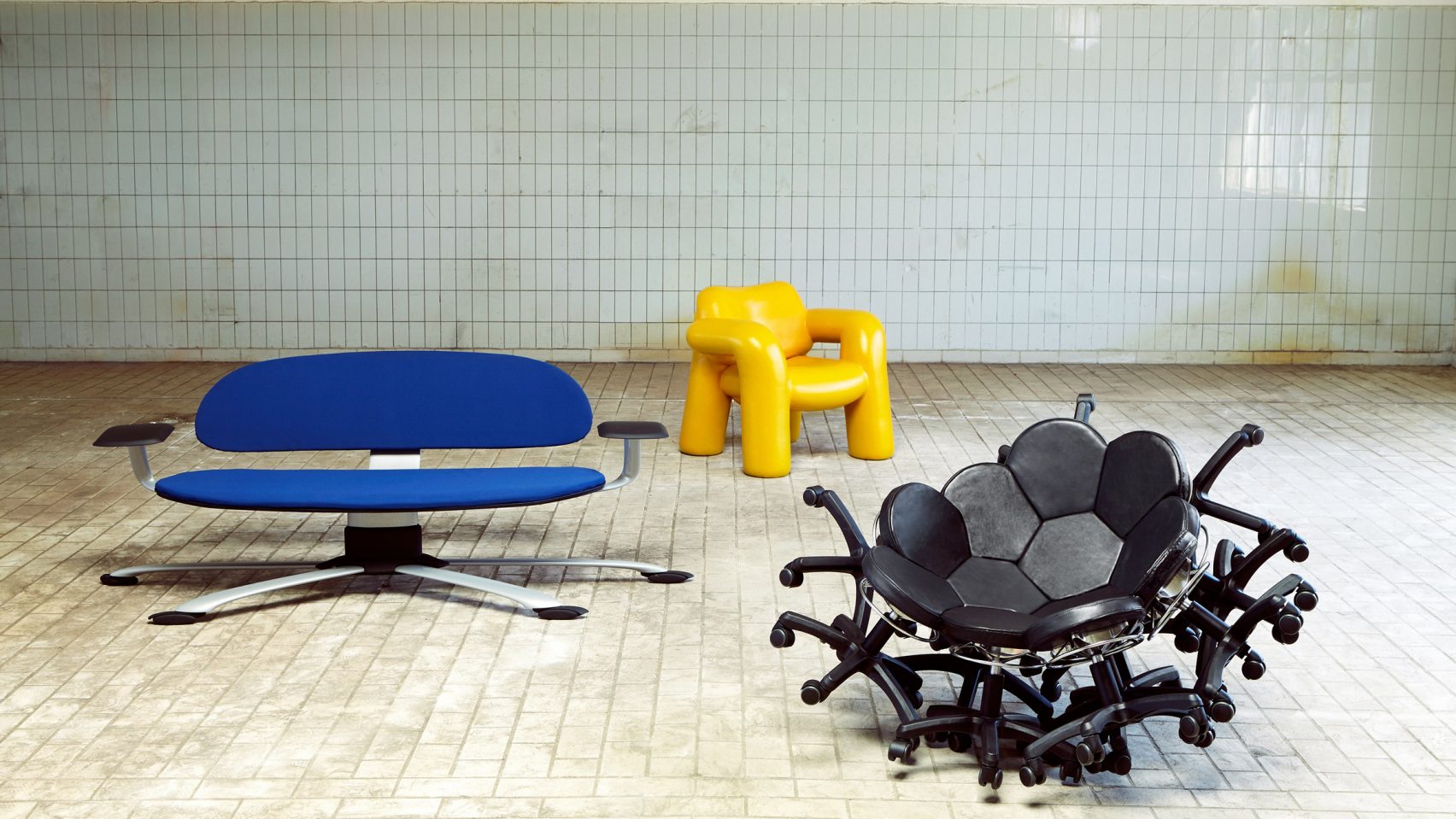
Return to Default by schimmelschweike - https://schimmelschweikle.com/Return-to-Default
The same can of course be said of other objects, such as a couch. What Lucas did with the Brainwave Sofa is similar to what lots of other designers are doing: they are playing with the form, the idea or even essence of their chosen object. Lucas did it by altering the cushions by using his brainwaves. Design Academy Eindhoven graduates Schimmel and Schweikle did the same thing for an office chair which they altered using 3D software and then reintroduced them to the physical world. This perfectly illustrates and encompasses what is happening within design and, to a larger extent, humanity itself. Thanks to our achieved technological progress we've broadened the scope in which we can play with the shape of ideas. It's as if the flame can suddenly change colour, intensity and volume.
At the end of my internship, I concluded that writing a program/script/tool is similar to creating your own Plato cave. But now the user is the one holding the flame. You as a coder/designer set which form is presented (determining variables). The user can then play with the torch (input) to create new shadows (output) , but never differentiate too much from the form.
This was the role of the designer in the new digital world, one that would create tools/environments in which users can play and create their own unique designs.
Post-Reality
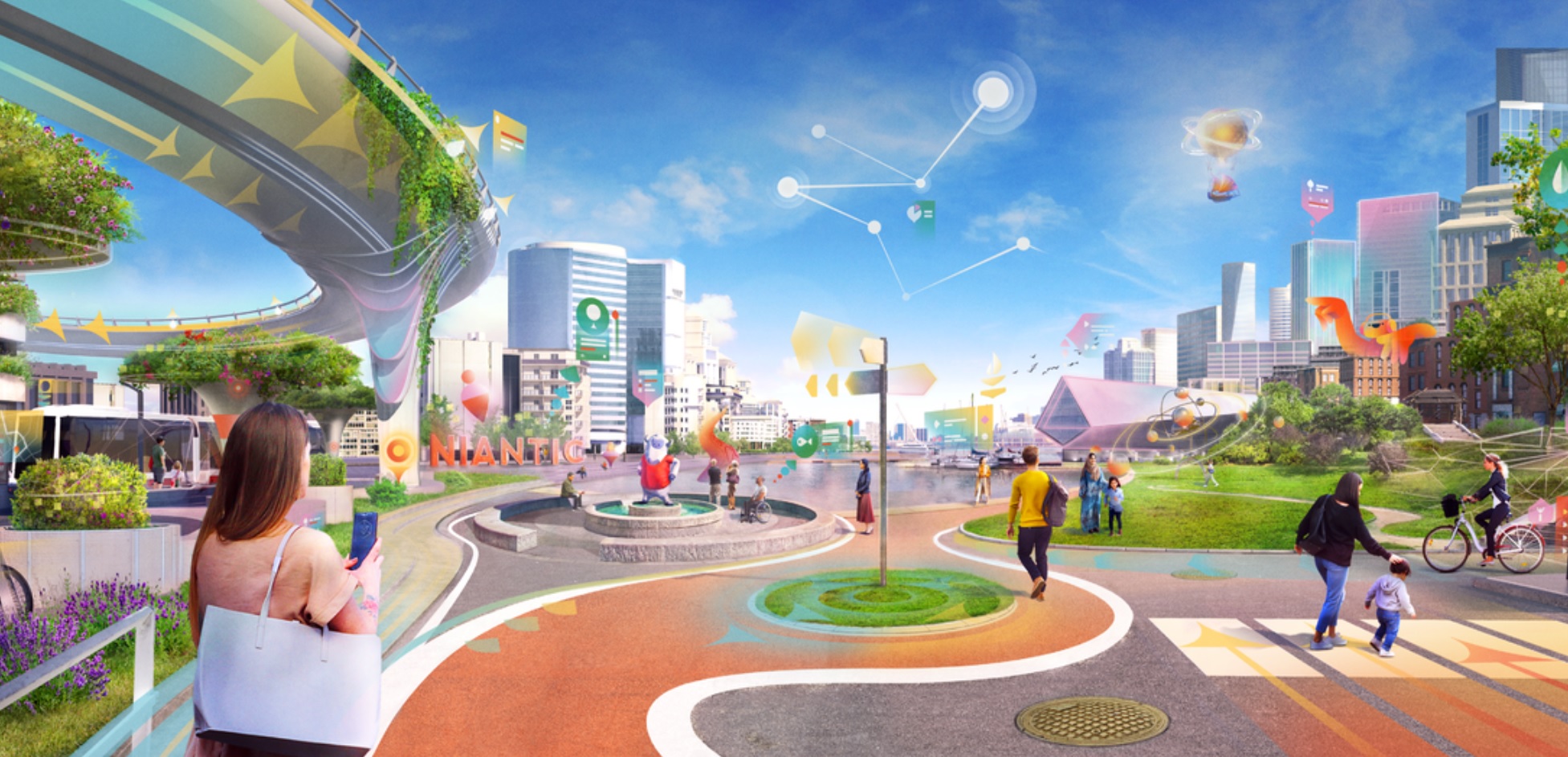
Niantic Opens Lightship Platform Globally, Empowering Developers to Build Their Visions for the Real-World Metaverse - https://nianticlabs.com/blog/lightshiplaunch/
Plato's separation of realities was a good prelude to the now. Today we experience a duality of realities: a physical and a digital one. And just like with the chairs and couches of the world we have started to play with reality. Back in 2016, the term post-truth already showed that Plato's idea of untouchable forms was getting smudged. It turned out such a thing as the truth was fluid after all. Different perspectives on the same topic or issues wielded different results. Does the truth no longer exist? Or has it simply lost its meaning and become less important? Today we fully immersed in a post-truth society. Look at the mass conspiracies (or alternative truths) surrounding COVID. We are bombarded daily with thousands of perspectives all offering their supposed unique insights on the world. Each one of them sharing a version of the truth. This toying of truth was a prelude of what was coming next, or actually, has been going on for a while now.
Virtual reality. Augmented reality. Simulated reality. Reported reality. Etc. Designers, coders, marketeers, creatives, developers have started to play with reality. Just like with the couches and the chairs, they are altering it by changing its shape. Reality's being twisted, duplicated or augmented to present a new one. And similar to product design, the rise of technological advancements facilitates it. VR headsets, LIDAR, smaller more powerful GPUs & CPUs, camera improvement, etc. are all tools used to play with or mould reality into a new shape. The metaverse is a perfect example of reality being bended into a new shape in which it suddenly constitutes as a new one. Multiple realities will continue to emerge, which will lead to a complete shift of our being and leaves us with a very important question:
What is Our Essence???

CodeMiko - https://www.youtube.com/c/CodeMiko
This explosion of reality will usher us as a species into a complete reevaluation of our form/idea. What constitutes humanity exactly? Throughout history, humans have altered their appearance with ink, metal, paint, etc. to change their shape. Just a simple walk down the street already illustrates the vast variety of shapes humanity can take form. But the tools to adjust reality can also easily be used to play with our own human form and even give us more freedom to really play and explore with our shapes. If one of the realities we inhabit will be a completely digital one, that enable us to take on any shape we desire.
kid in vrchat talks about getting bullied by Syrmor - https://youtu.be/KZWOXgc7PA4
We could become a chair, couch, banana, horse or whatever your imagination can come up with. Suddenly humans are no longer bound to the human form; the digital has given us the freedom of shifting shapes. This allows for a freedom of expression of identity which is limited in our physical reality but non-existent in the digital one. A perfect example is Syrmor who lives in the digital world of VR chat. In that world, he has conversations with other people, talking about a wide variety of subjects varying from PTSD, bullying, love or just bad jokes. We see Kermit the Frog talking with Winnie the Pooh, but the essence of their interaction is human. Their shapes may not be human, but they possess humanity.
But what happens when we take this a step further? All the examples mentioned above require the physical reality for input. But with the current rise of AI's learning and growing, it's an ever growing possibility of the emergence of a being completely existing on the digital. How will we, as designers/creators, determine the boundaries for it to possess the essence of humanity?
And what will our role be as humans, when the physical human shape is no longer required?
This is what it means for me to be a digital philosopher - L☻dy
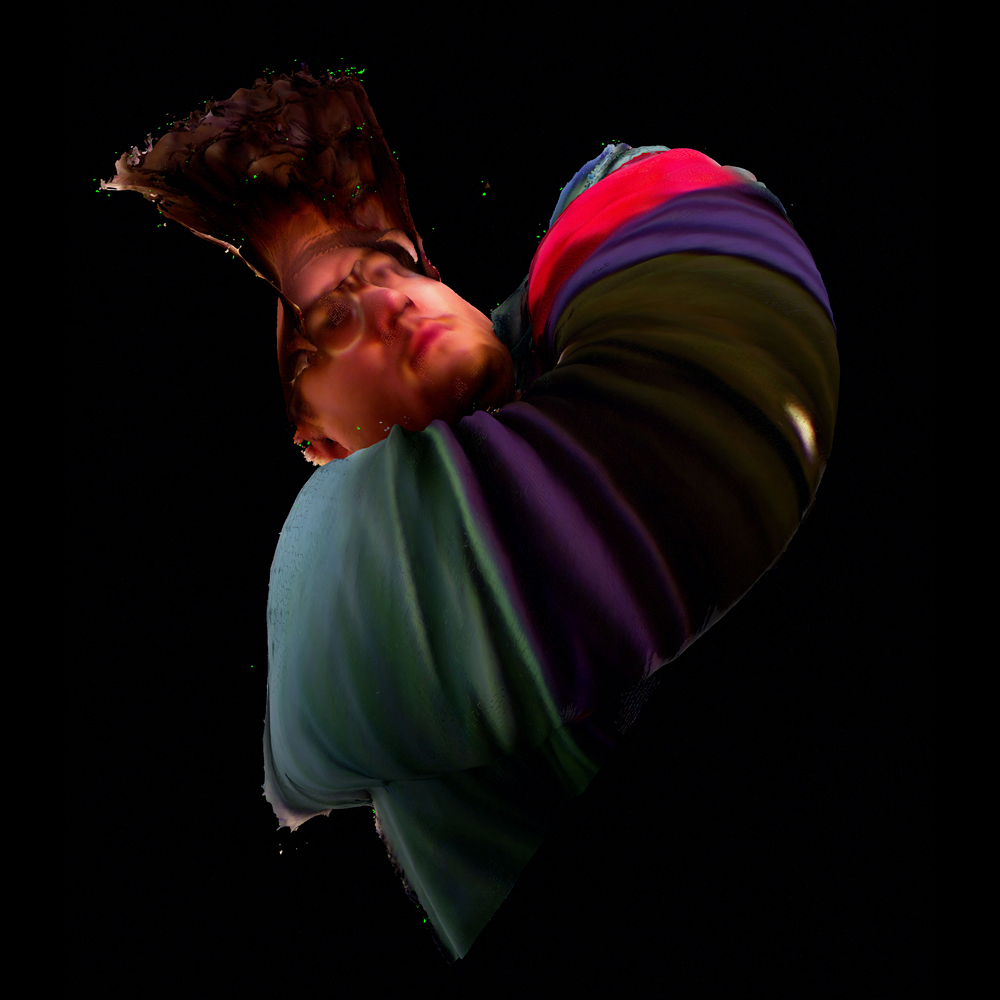
L☻dy Aeckerlin
Creative Concepter
Digital Philosopher